It is assumed that the activities of Seui Ito (1882 – 1961) – a Japanese painter, photographer and film producer – were the starting point for what we call shibari today. Even though Kinoshita’s novel – Confession of a Husband (1904) had already been published at the time and it was precisely this novel that was an inspiration for Ito. In his paintings he showed tied, tortured women. Ito’s technique involved tying up the model, taking pictures and using them as inspiration for the paintings. The most famous are the ones that show Ito’s pregnant wife tied and hanging upside down.
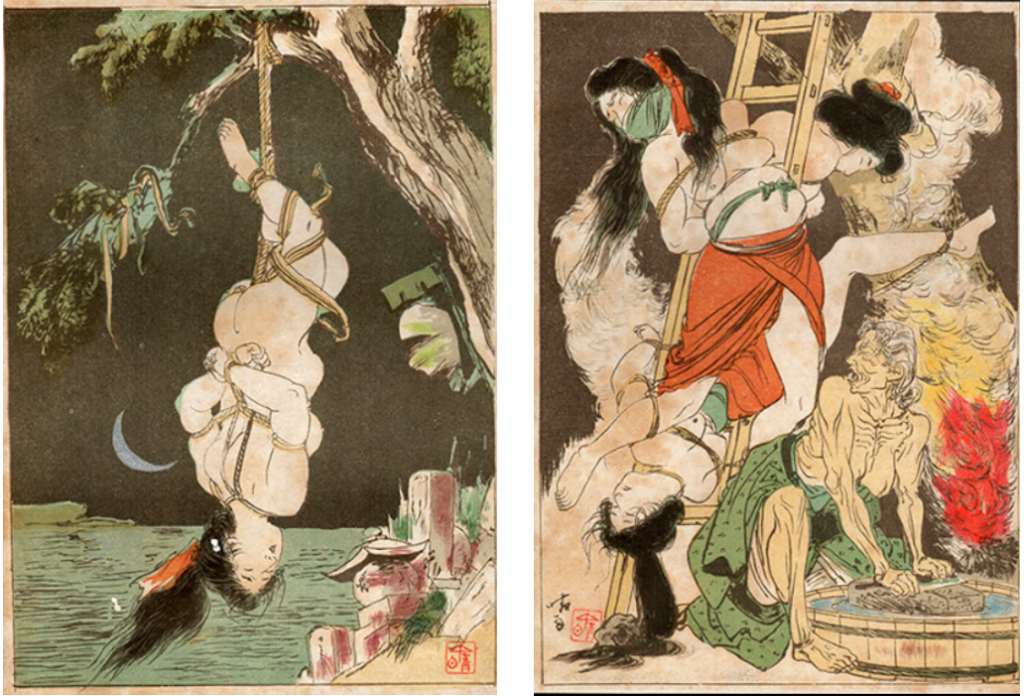
Seui Ito’s work was an inspiration for Sensaburô Suzuki, who in 1923 staged a play called Hiaburi (Burnt at the stake) based on Ito’s life.
In 1925, Ito himself founded a theater group specializing in performances of torture, which he continued to lead almost until the end of his life.
In 1977 the movi “Beauty’s Exotic Dance: Torture!” was released.
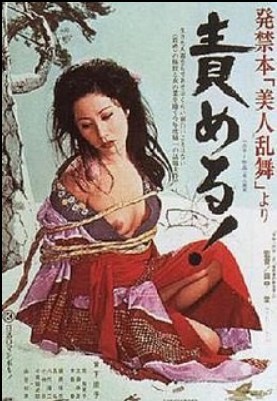
The film presents Ito’s life and work. The film is classified as a “pink movi” with a theme around sado-masochistic practices.
The term “pink movi” comes from the 1960s, when porn producers shot the action scenes in color and the rest in black and white to cut costs. The naked body in these clips is pink, the reason for the name.
In the following years (1960s), shibari was “taken over” by the pornographic industry. This resulted in the emergence of more experts in the field and the development of techniques.
Many movies were shot, cartoons and magazines focusing on rope bondage were printed, and theaters were created where you could see live S/M performances starring shibari techniques.
All of this was very popular, but it was always perceived as perverted pornography and was considered a legal and moral niche specific to Japan at the time. Movies and photos were censored so that genitalia was blurred, but the performances were uncensored and often very drastic.
The number of recognized experts (bakushi) was small and they struggled to find models due to the perception of shibari as perversion.
For example, the popular illustrated magazine Kitan Club used only four models for a period of over 10 years.
The experts who created the basis of today’s shibari during this period were:
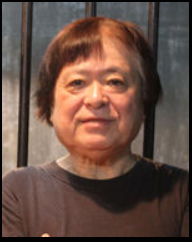
Chimuo Nureki (1930-2013) who had perhaps the longest and most divers history among bakushi. His reputation as a rope artist and a career through 50 years has earned him worldwide popularity. Before his death, he was called “the greatest living kinbaku master”. Throughout his career, Nureki was a diligent writer. His work could often be seen in iconic Japanese SM magazines such as Kitan Club and Uramada.
He was the forerunner of the Kai – meetings for shibari enthusiasts could watch performances, talk, get advises and tie together – often under supervising from the leader of a given Kai.
Today, Kai can be translated as Shibari Lounge – a place where rope enthusiasts meet to share their passion.
One of the more famous Bakuyukai was founded in 1966 – where the first bakushi was Akechi, then after his death in 2006, Miura took over.
Other famous kai includes Ichinawakai. The group was formed around Hajime Kinoko.
Nureki was also one of the few modern bakushi who had personal contact with Seiu Ito. His writings included magazine articles, books, television and film scripts, and scripts for live theater performances. Nureki also appeared in many films and was the first actor in films produced by Art Video.
He also influenced the Arisue Go movies “Hana to Hebi”, “Bakuhi”, “Nawa to Hada”) and Yukimura Haruki (starting in the 70s).
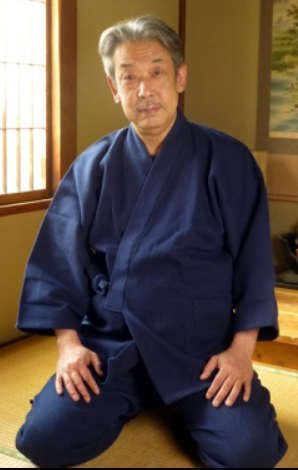
Yukimura Haruki – (1948-2016)
Originally photographer, from the 1990s bakushi. He developed his own style, now very famous and appreciated all over the world. A style with a focus on the tying process and communication with the bunny, called Yukimra’s “caressing” style.
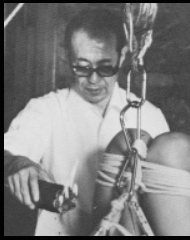
Eikichi Osada (1925 – 2001)
He is the first recognized shibari artist in SM theater performances. Hajime Kinoko debuted in his theater. He also collaborated with Kazami Ranki.
His website Kikkou.com (from 1996) has been a source of inspiration for a whole generation of shibari enthusiasts.
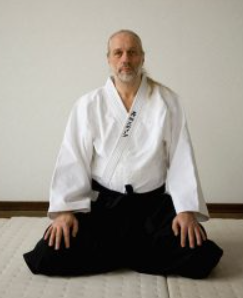
Steve Osada
A German who came to Japan looking for karate and aikido lessons. He first started photographing the fetish and shibari scene and in 1998 he became a student of Eikichi Osada. He created his own style and system of transmitting knowledge based on the tradition of the martial arts dojo (in 2012, but with roots since 2007). He structured and named the various ties, so typical for a person German roots.
He is considered to be the first to structure the teaching of shibari in a systematic way outside of Japan, which gave him influence, popularity and membership in the elite group of bakushi in Japan.
He focuses on tying fixed shapes and patterns for a limited time. He stated that through the dōjō approach it is much easier to learn the basics of Shibari than through the existing system of the Deshi tradition.
Akechi Denki (1940-2005) – active from 1980 to 2005.
In 1987 he founded the SM Phantom Shows theater. In the 1990s he intraduced the use of a rope folded in the middle where you start the tie from the bight.
Miura Kurumi – considered the successor to Akechi Denki. Until 2007 he published Bizarre Magazine. He runs Yaminawakai at MK Studio.
In 2006 he introduced the shibari dojo (previously a term found only in martial arts) and then separated the technique (Katachi) from the emotional and erotic context of shibari (Kokoro). In 2007-8 he introduced a training system, training and exams based on martial arts – similar to Steve Osada’s.
The 1970s and 1980s magazine and film publishing expand. There are films first on VHS tape, then on DVD in fetish shops and online, as well as numerous theaters with SM performances.
Some of the examples are Theater Scandal, which has been operating since 1976, the underground theater GSG, which was active in the 1970s and 1980s, and Teatr Poo founded in 1983 by Sakurada Denjiro.
There were also SM clubs. The best could charge up to USD 30,000 per year for membership.
The so-called SM bars are becoming a special feature of Japan. Larger or smaller and sometimes quite small restaurants that also offer SM activities including shibari. Often the owner of these bars is himself a supporter of these activities. Famous bakushi developed their careers there, but most bakushi riggers remain unknown outside the community of the SM bars, even though they sometimes have a very high level of shibari skills.
Interestingly, there are many women among them. It is quite common that a customer in such a bar could be tied up or participate in an improvised SM or shibari session and will only be refused due to some very special circumstances.
The largest publishing magazines are:
Kitan Club Magazine (1947-75)
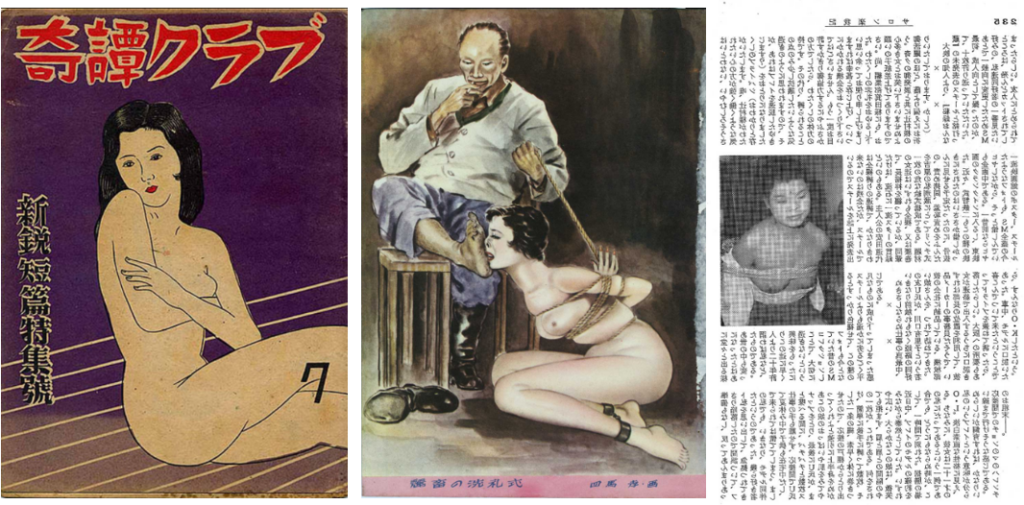
SM Collector magazine publishes uncensored computer games and porn movies.
Bizarre magazine, SM Sniper.
By looking at these old publications, you can clearly see how much the shibari technique has developed. Leading bakushi, with financial support from the porn industry, introduced new techniques, specific trends and created new pattern constructions. For example, those that could meet requirements within the latest trend – suspension. Interestingly, many of them were inspired by American bondage magazines, of which there were so many on the Japanese market. Haruki Yukimura was inspired by those in his early years, and Akechi Denki introduced the cinch element (kannuki) – stable constructions necessary for suspension, which he has seen in the American materials.
In the 1960s, leading bakushi also became interested in the possibility of getting inspiration from hojo jutsu – from the “samurai era” the ability to immobilize an opponent with a rope (haya nawa) or the pattern code to tie criminals and prisoners (hon nawa) .
Here is one of the pages of such a “code” overview:

Film studios still operating today include:
Studio DOGMA, founded in 2001 by Tohjiro, is a film company that produces films about many different fetishes, including shibari. It produces approximately 8 movies per month that are available online.
He previously partnered with Dogma Naka Akira, Miura. Currently the leading bakushi is Ren Yagami.
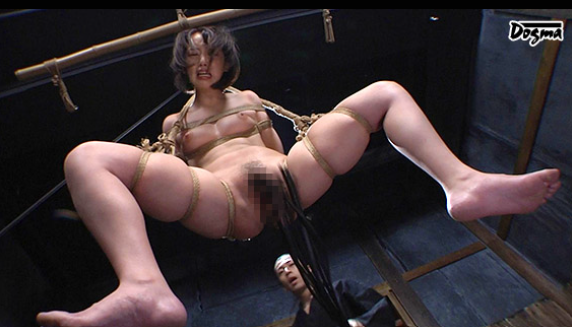
Film company REAL – collaborates with Akira Naka, Nawashi Kanna and Ren Yagami.
In the second half of the 20th century, only a few recognized bakushi led the way. At that time there were a few active riggers and a large, constantly growing number of passive observers.
At the beginning of this century, this started to change.
From the year 2004 leading bakishi create a specific style – Ryu.
Previously, the tradition of teaching shibari doing workshops was completely foreign to Japan. There was a tradition of Deshi – a form of teaching where the student learned by observing or assisting the master. Often the master would only allow the first use of the rope after a few years of such training.
The modern era of shibari development started around 2004/5. This is also the time when shibari begins to develop outside of Japan.
Most of the most famous Bakushi have traveled the world.
Masters start doing workshops, dojos are created, and instead of several passive shibari observers, a crowd of active riggers is growing, also among Westerners. Hands-on teaching method occurs.
However, new active rigger students are often accused of being mere clones of their teacher, but some of them also invent their own things.
One of the “accusations” against the current direction of shibari development is the commercial approach and the loss of the erotic context of shibari, which almost becomes a sport, a theatrical performance, a performance of technique.
Much greater attention to the safety of bunnies is undoubtedly the result of the opening to the West.
Currently, the most famous Japanese shibari names are:
Photographers: Nobuyoshi Araki, Sugiura Norio
Riggers:
Naka Akira – creator of Naka Ruy, created semenawa in 2015 (an approach to shibari focused on inducing suffering)
Nawashi Kanna – creator of Kanna Ryu
Steve Osada – creator of Osada Ryu (2007), the first person to popularize shibari outside of Japan
Kazami Ranki – creator of Kazami Ryu (2011)
Hajime Kinoko – distinguished himself by deviating from the standardized rules of shibari by using, for example, fluorescent ropes, complex creative patterns. Head of Ichinawakai.
Yagami Ren – the creator of Yagami Style, the youngest of the recognized bakushi, very active in the film industry (Dogma, Real)
Yukimura Haruki – creator of Yukimura Ryu, died in 2016. His popularity and specific style warrant his inclusion on this list, even though he is no longer alive